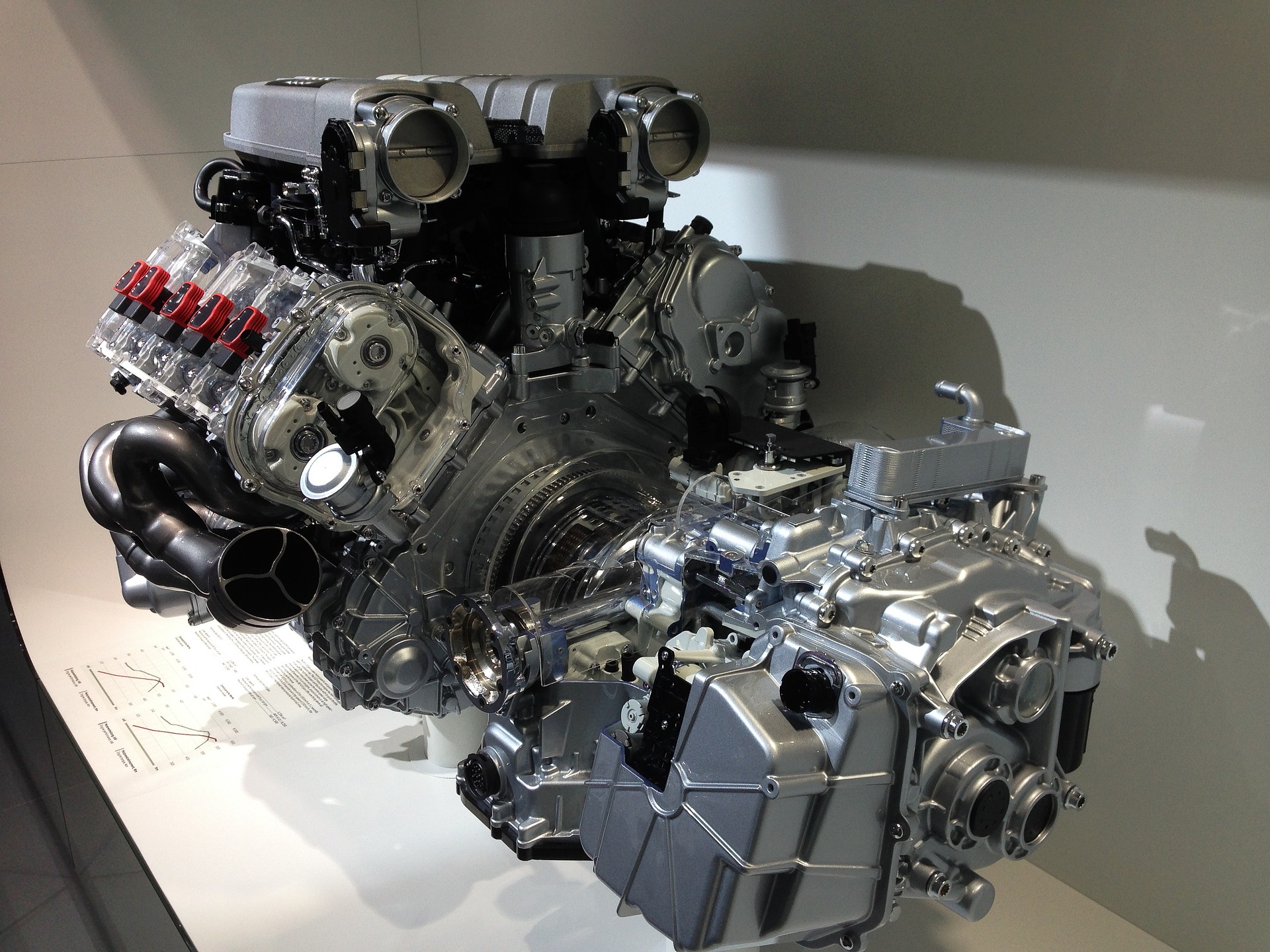Pedicure caps – which gradation is the best? In a professional podology office there are pedicure cutters and caps. Both have their staunch supporters. You can discuss which ones are better for rubbing off calloused epidermis, and which ones work better on calluses or corns.
Much depends on individual preferences, but one cannot ignore the objective features that both have. It turns out that in some situations it is definitely better to reach for a milling cutter, and in others to use a cap.
- https://www.siodemka.org.pl/programowanie-kart-rfid/
- http://www.i3.edu.pl/niedozwolone-klauzule-w-umowie-kredytu-we-frankach/
- https://www.fausthorse.pl/plytki-ceramiczne/
What are pedicure caps?
Let’s take a look at what characterizes pedicure caps . What gradation is the best and what size is best to bet on?
Abrasive caps have the shape of a cylinder, which is rounded on one side. They are for one-time use. They are put on a rubber carrier that every podiatry milling machine is equipped with. It is worth remembering that, depending on the gradation, they can be used to rub not only the heel and sole, but also the fingertips. The caps are made of paper (you can compare them to sandpaper formed in the right shape). For this reason, they should be discarded after working with a client, as they cannot be sterilized before being used with another patient.
- kurtyna-paskowa.mvg.pl
- drukarnia-24.com.pl
- wyposazenie-placu-zabaw.waw.pl
- projektowanie-stron.waw.pl
Diameters of pedicure caps
When distinguishing the sizes of pedicure caps, their diameter is given.
- The smallest ones have a diameter of 5 mm. They are used when performing the most precise activities and point work. They can be used, for example, when grinding small calluses near the nails.
- Pedicure caps with a diameter of 7 mm are already suitable for working on a larger area of skin on the feet.
- Pedicure caps with a diameter of 10 mm are large enough to be used to efficiently treat the skin on the entire sole of the foot. They allow for optimal work and do not burden the milling machine too much. They are most often recommended by manufacturers of milling machines.
- The 13 mm diameter abrasive caps are the largest and allow you to work on large areas. However, their choice is not so obvious, because it should be associated with caution. Manufacturers inform users that if they work with a milling machine with this size of pedicure cap, the device loses its warranty. This is because with this size, the risk of damage to the equipment increases significantly. For this reason, the most optimal, universal, and at the same time safe, caps with a diameter of 10 mm.
Gradation of abrasive caps
In addition to the size, the abrasive caps differ in gradation, i.e. the size of the abrasive grains. If we choose pedicure caps – what gradation is the best? They can be divided into four groups:
- 60 is a very thick embankment,
- 80 is a thick embankment,
- 150 (as well as 120 and 180) are medium grain caps,
- 240 and 320 are fine grain caps.
Depending on the coating, they are adapted to various works performed on the skin of the foot and nails. If the calluses are very strong, a cap with a gradation of 80 is used. It has the thickest grain, so it will efficiently and effectively remove the calloused epidermis.
When the hardest layer is removed, you can reach for a medium grain cap. With its help, we will smooth the skin a bit and improve its appearance. Such a gradation is also desirable if there are no strong calluses on the feet, but we want to get rid of dead skin (it works similarly to peeling).
If you want to smooth the skin on your feet (especially if a coarse-grained cap was previously used on its surface), it is best to reach for a cap with a gradation of 280 or 320. It is perfect for polishing and leaves the skin extremely smooth.
It is worth remembering that the color of the hood has absolutely no meaning. It is not related to any classification or characteristics. Manufacturers prepare caps in different colors, which are only aesthetic.
What are the advantages of abrasive caps? They are disposable, so there is no need to disinfect and sterilize them. After working with one client, such a cap is immediately thrown away. A single use also increases occupational hygiene and safety. The price is low, which goes hand in hand with the fact that they are for one-time use. The cost of the cheapest oscillates around PLN 10, the most expensive around PLN 30 (for 10 pieces).
Let us remember that we do not allocate funds for any processes related to sterilization and disinfection. The caps are practical in podiatry work and allow for efficient skin preparation even on large surfaces. They are easy to work with and not difficult.
And what are the disadvantages of abrasive caps? Reaching for pedicure caps, we must also obtain their carriers. These are rubber milling cutters on which caps are put on. Unfortunately, they somehow leave much to be desired. It happens that after applying and removing the caps several times, such a carrier is damaged and needs to be replaced. This involves additional costs.
Putting on and removing caps from rubber carriers can be time-consuming, which slows down the work and may discourage the customer from further visits. While the pedicure cap is disposable, its carrier is not, so it should be disinfected and sterilized.
However, not everyone can undergo such a process, because the autoclave is subject to high temperature, which is destructive to some materials. The damaged carrier must then be discarded, because putting a deformed tip on the milling machine may damage it and is dangerous during operation. It is therefore a risk of additional cost.
If the cap is not made of high-quality material, it may crumble or fray, and its fragments will remain on the client’s skin. That’s why you can’t bet on the cheapest products, but on those proven, made by reputable manufacturers – here, too, we should not look for savings.
Choose cutters or pedicure caps?
Often in the work of a podiatrist, there is a question about whether it is better to use cutters or abrasive caps.
Certainly, milling cutters have many advantages that may prevail in their favor.
-
-
- They are very durable. The milling technique is of great importance here, but the cutter can withstand from 400 to even 700 treatments.
- Cutters can be replaced quickly and easily. There is no need to use additional overlays, thanks to which it takes literally a moment. The client does not feel any downtime at work, and the podiatrist can efficiently perform further activities without unnecessary downtime at work.
- The cutters are sterilized in an autoclave, and there is no risk of warping or damaging them during the entire sterilization process.
-
However, one cannot forget about the disadvantages that also exist in this case.
-
-
- When installing the cutter, the rotation of the device must be properly selected. If they are too fast, it will be damaged. At the same time, there is a risk that the client will feel discomfort during the procedure.
- Cutters, unlike pedicure caps, are not disposable. This entails the need to disinfect and sterilize the cutters after each use. This is necessary to ensure proper occupational hygiene and safety of both the client and the person performing the procedure.
- If a lot of procedures are carried out in the office every day, you should ensure that there is a large supply of sterilized cutters so that you do not run out of them during work. This involves a one-time large investment, because each type of milling cutter should be available in several copies.
-
Taking into account the issue of costs, when counting as a whole, it often turns out that although cutters are more expensive, they are much more profitable. The cheapest milling cutters cost around PLN 20-30. The most expensive ones cost up to several hundred zlotys (in the case of diamond cutters).
Remember, however, that before they are unusable, we will use them several hundred times. Of course, assuming that they will be properly preserved and sterilized. It is worth investing in a container for cutters that will protect them from unwanted damage.












